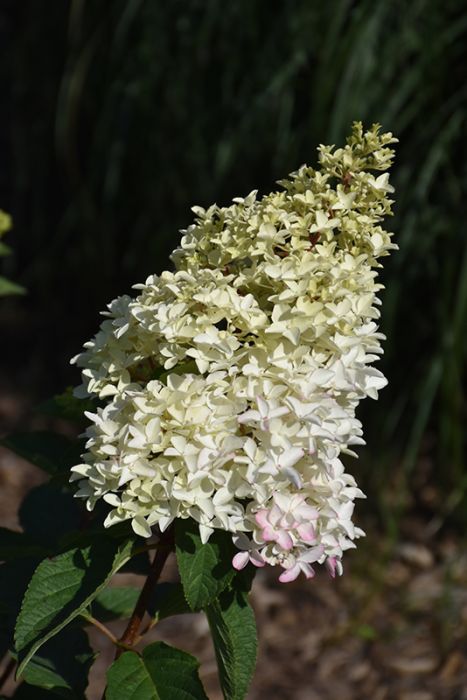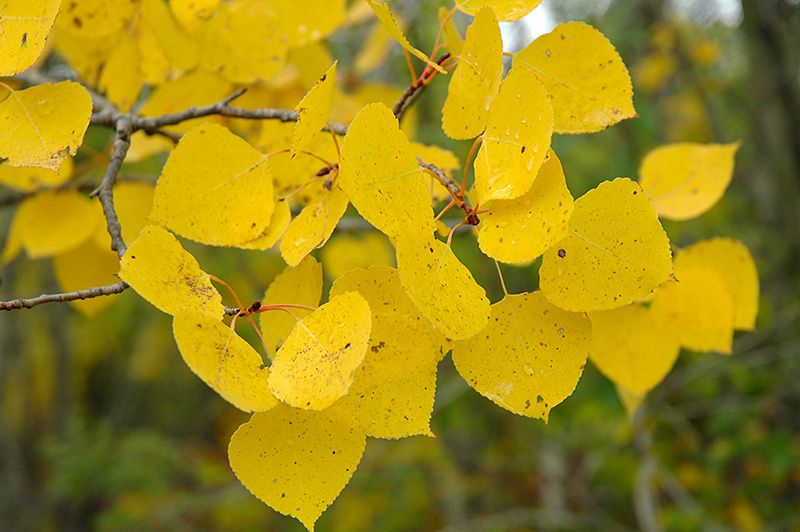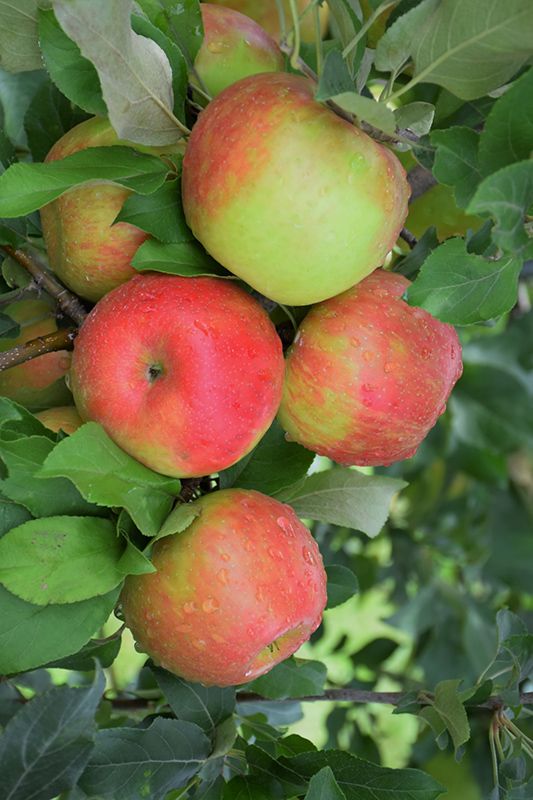Hydrangea Tree, Panicle 'First Editions® Berry White®'



Out of stock
Coming soon, still growing- Sun Preference
- Full-Sun, Part-Sun
Description
Strong, upright stems hold the large, cone shaped flower panicles upright throughout the season. Flowers start out white then quickly change to deep pink, providing a bicolor effect to the cluster.
Minnesota's Largest Selection of Trees
At Minnesota's Destination Garden Center, we offer a diverse range of trees to suit any landscaping need. Whether you're looking for shade trees to cool your home or ornamental trees to add beauty and interest, you'll find the perfect tree at Gertens. Our knowledgeable staff can help you select the right tree for your space and provide tips for care and maintenance. Visit Gertens today and explore the unmatched variety of trees to enhance your outdoor environment!
Details
First Editions® Berry White® Hydrangea | Hydrangea paniculata 'Renba'
Height: 6 feet
Spread: 5 feet
Sunlight: full sun to full shade
Hardiness Zone: 3b
Brand: First Editions
Description:
A showy garden shrub valued for its cone-shaped panicles of elegant flowers that start out white in july, then progresses to dark pink; color shades can vary according to location, climate, and type of soil; strong, upright stems
Ornamental Features
First Editions® Berry White® Hydrangea features bold conical white flowers at the ends of the branches from early summer to mid fall. The flowers are excellent for cutting. It has green deciduous foliage. The pointy leaves do not develop any appreciable fall color.
Landscape Attributes
First Editions® Berry White® Hydrangea is a multi-stemmed deciduous shrub with an upright spreading habit of growth. Its relatively coarse texture can be used to stand it apart from other landscape plants with finer foliage.
This shrub will require occasional maintenance and upkeep, and is best pruned in late winter once the threat of extreme cold has passed. It has no significant negative characteristics.
First Editions® Berry White® Hydrangea is recommended for the following landscape applications;
- Accent
- Mass Planting
- Hedges/Screening
- General Garden Use
Planting & Growing
First Editions® Berry White® Hydrangea will grow to be about 6 feet tall at maturity, with a spread of 5 feet. It tends to be a little leggy, with a typical clearance of 1 foot from the ground, and is suitable for planting under power lines. It grows at a medium rate, and under ideal conditions can be expected to live for 40 years or more.
This shrub performs well in both full sun and full shade. It prefers to grow in average to moist conditions, and shouldn't be allowed to dry out. It is not particular as to soil type or pH. It is highly tolerant of urban pollution and will even thrive in inner city environments. Consider applying a thick mulch around the root zone in winter to protect it in exposed locations or colder microclimates. This is a selected variety of a species not originally from North America.
More Information
| Gerten Grown Plants | Gerten Grown Plants |
|---|---|
| Tree Type | Shade & Ornamental |
| Sun Preference | Full-Sun, Part-Sun |
| Mature Height (Range) | 5 - 10 feet |
| USDA Hardiness Zone | 3, 4, 5, 6, 7, 8 |
| Common Family Name | Hydrangea |






